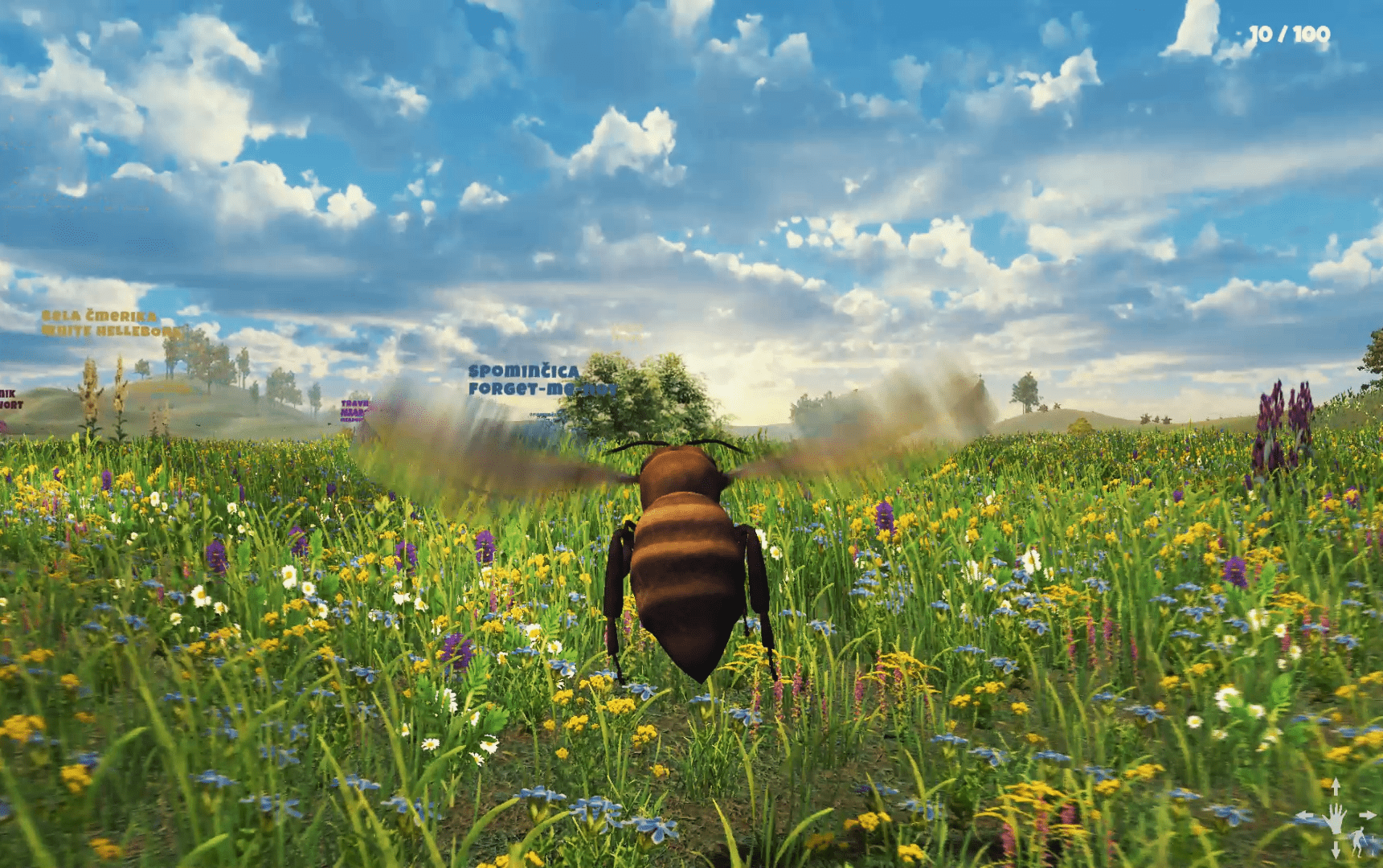Interactive spatial solutions
Space - Motion - Motion sensor - Content - Display

The visitor-explorer influences the flow of the content on the projection or screen by movement.

Any number of visitors, any number of movements.

Spatial flexibility - the layout adapts to the size of your space, it can be placed in a room or a hall.
All the modules needed to complete the interactive project are included.

SELECTED PROJECTS
Collision of planets
The impact of a meteorite, asteroid or planet with planet Earth.
Museum of Natural History, temporary exhibition, 2022
The theme and objectives of the project:
The client wanted to see meteorites, asteroids or planets of different sizes colliding with the Earth and the consequences.
Creative design and execution:
In collaboration with experts from the Natural History Museum, we translated their wishes and findings into a visual interpretation. The result is interactive content, a simulation of collisions that is easily understandable to any visitor through an interface.


Visitors can select a meteorite, asteroid or planet and trigger a collision. They can choose between a 3cm meteorite, a 50cm diameter Jesenice meteorite, a 50-80km asteroid and a 5000km diameter planet. The simulation is a mix of real-time and computer animation.



Our little big sea
Tides, deep-sea exploration and ocean clean-up.
Museum of Natural History, temporary exhibition, 2016-21, the exhibition received the Valvasor Award.
The theme and objectives of the project:
Tidal impacts, ocean exploration and marine biodiversity conservation.
Creative design and execution:
We have divided the customer's wishes into three independent sets,
- tidal, where the visitor raises/lowers the sea level by moving and observes how animals and plants react.
- exploring the depths, where the visitor moves down or up and learns about the different species of animals that are typical of a certain depth.
- a game where the visitor plays the role of a dolphin and picks up plastic bags, and is rewarded for each one picked up.


Visitors take on the role of an explorer, descending into the depths, triggering the tides and cleaning the oceans together with a dolphin. They can observe how tides affect the movements of marine animals and plants, explore the depths with over 30 deep-sea animals and play a game where they play the role of a dolphin and are joined by a large number of fish with each plastic bag they pick up.


Who made more honey?
Gathering honeydew.
Museum of Apiculture, permanent exhibition, 2022
The theme and objectives of the project:
Learn about plants that mediate through play.
Creative design and execution:
We have designed a classic arcade game that encourages the player to collect all the necessary points in a given time by knowing the bee-friendly or poisonous plants and using their motor skills. The two layouts each have their own way of guiding the bee through the movement, the first by using the hand and the second by moving the whole body.


Spatial layout.


At the start of the game, a pictorial list of honey plants is displayed, indicating whether they are good, not good or poisonous. A bee, guided by the player, flies across the meadow and collects honey from the appropriate plants. If the visitor chooses the correct plants, points are added, or subtracted if the plant is poisonous.